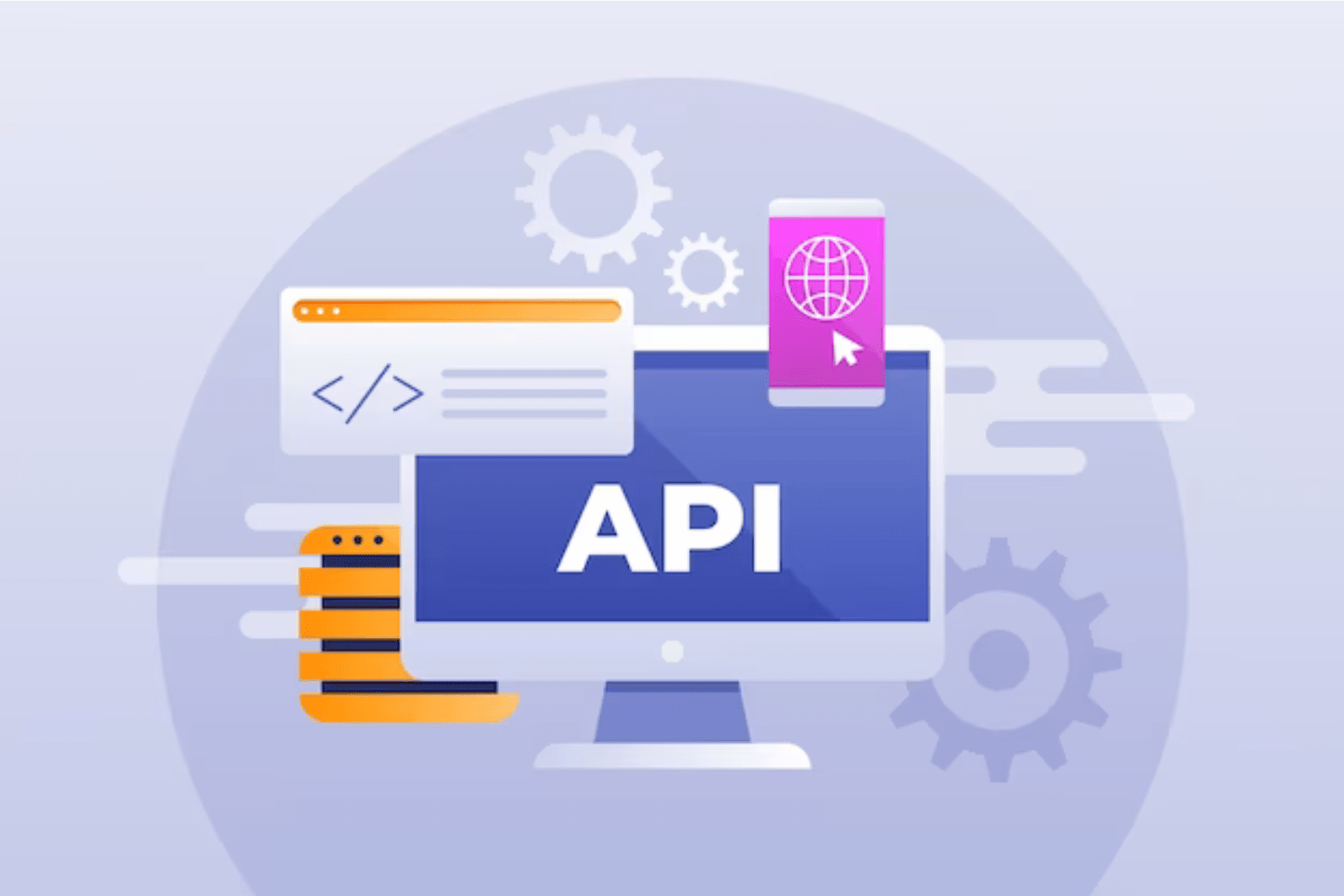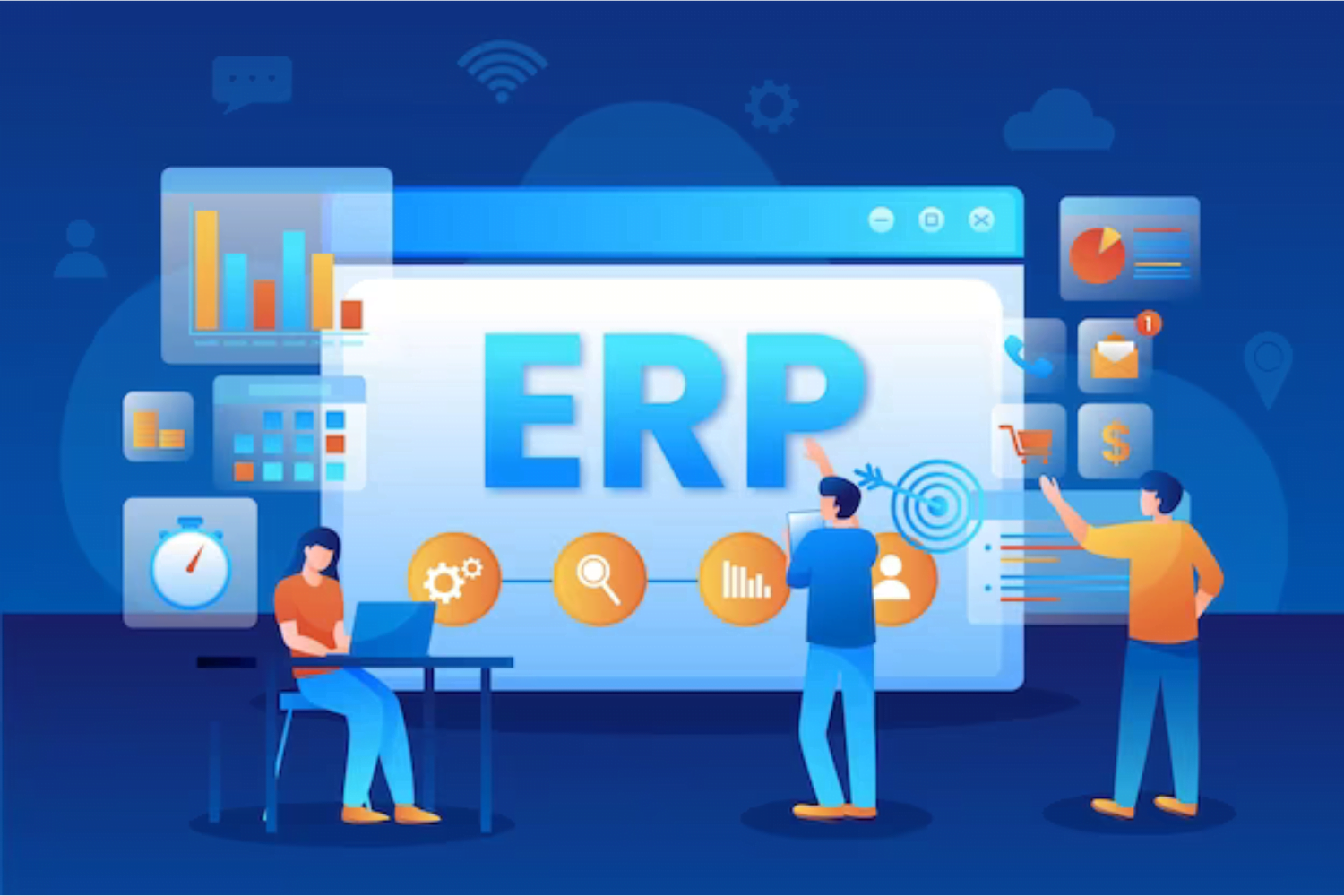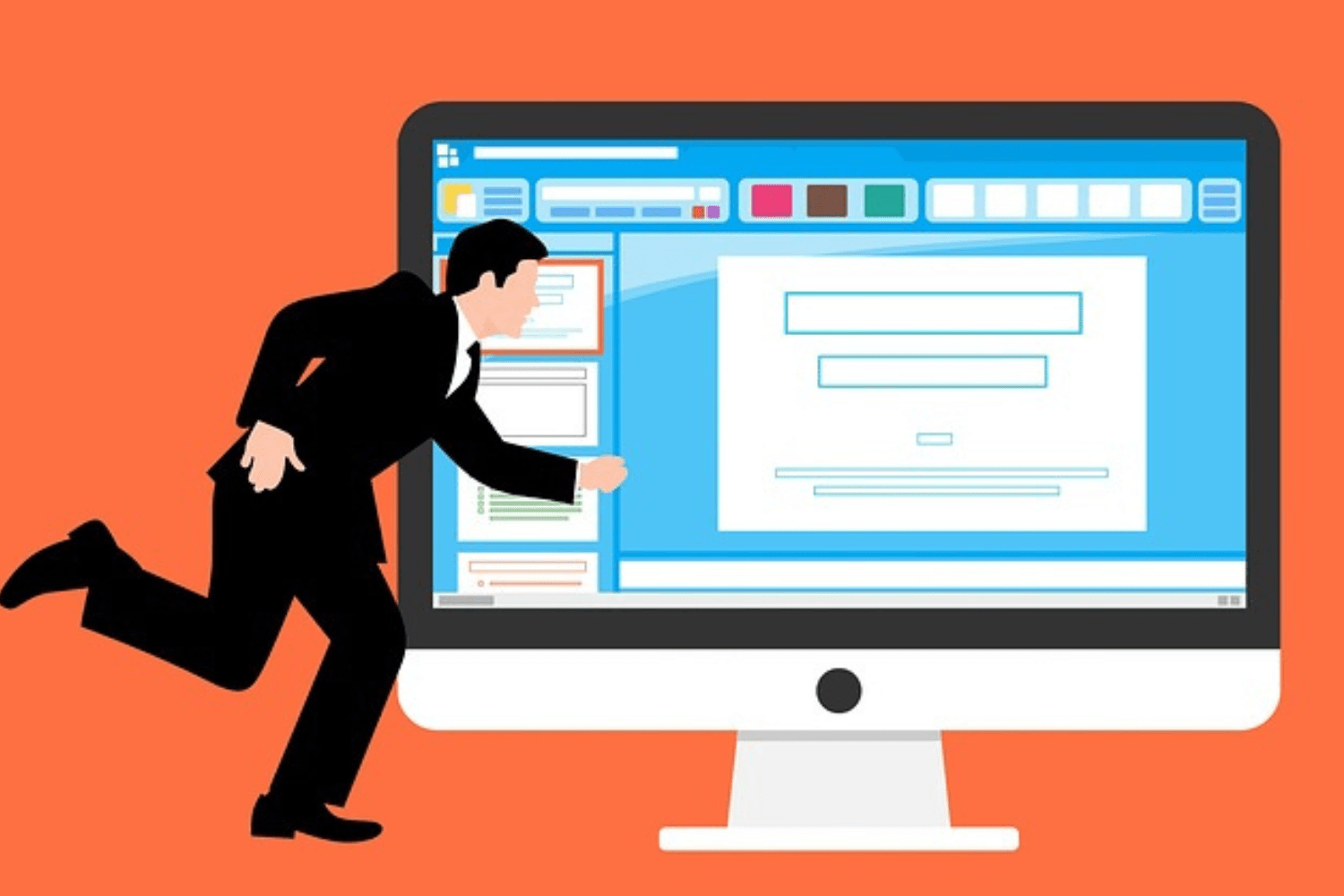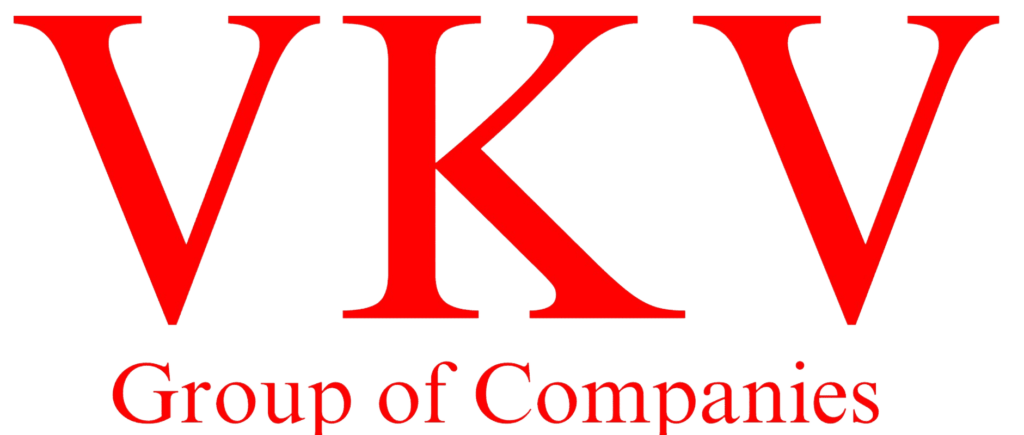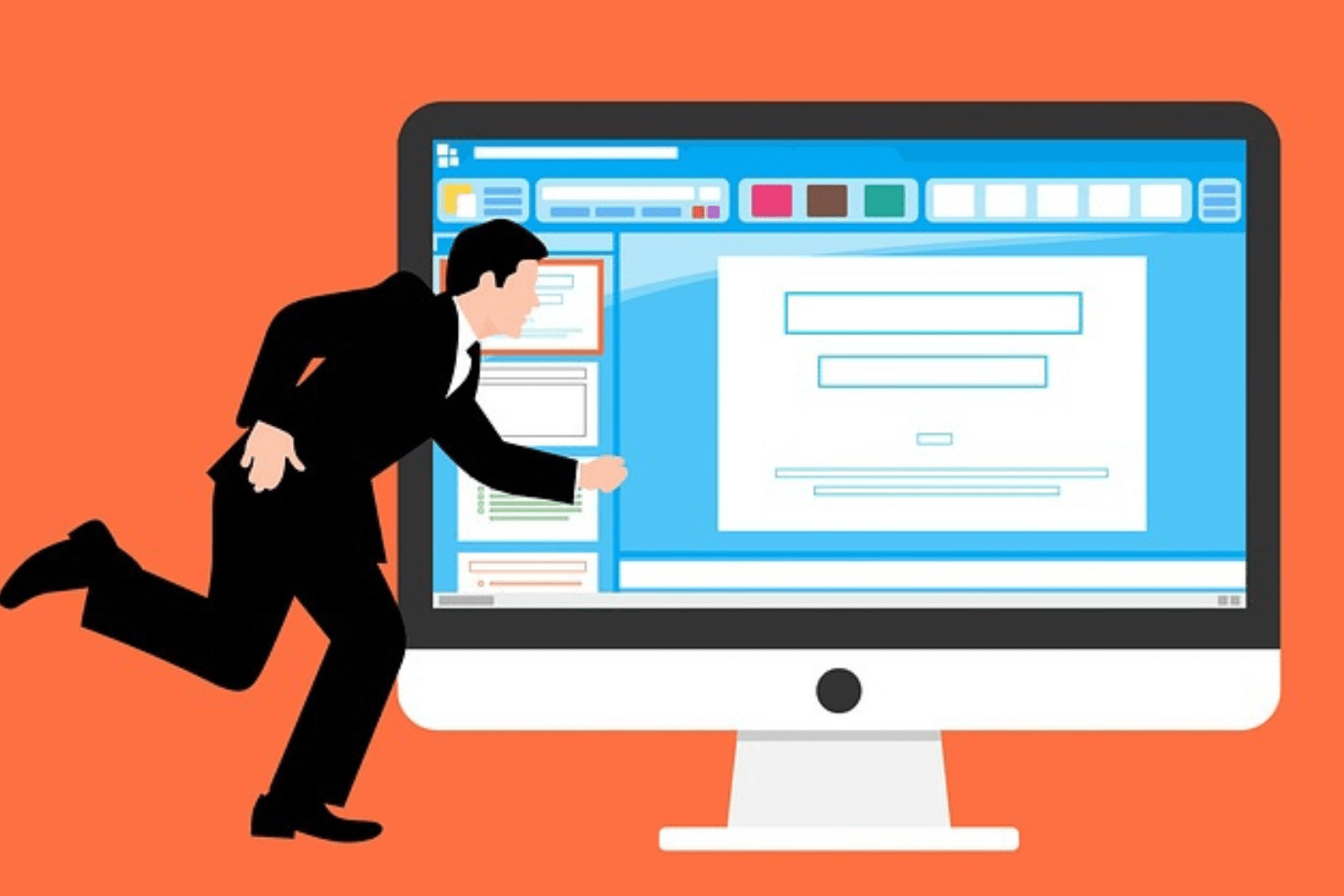
We specialise in marketing campaigns, content creation & paid advertising
The process of developing software applications that work on web browsers is referred to as web application development. These programs can carry out a variety of tasks and offer users services online. Users do not need to install anything on their local devices because they may access them using a web browser. An outline of the main elements of developing web applications is provided below:
Web Application Development Process
Planning and Requirement Analysis
- Define the purpose, objectives, and functionalities of the web application.
- Gather detailed requirements from stakeholders and end-users.
- Identify the target audience and user personas.
Design and Architecture
- Create wireframes and prototypes to visualize the user interface and user experience.
- Design the database schema and architecture for data storage and retrieval.
- Plan the application's structure, navigation, and information flow.
Front-End Development
- Develop the user interface using HTML, CSS, and JavaScript.
- Implement interactivity, animations, and dynamic content using JavaScript libraries or frameworks (e.g., React, Angular, Vue.js).
- Ensure the application is responsive and compatible with different devices and screen sizes.
Back-End Development
- Choose a server-side programming language (e.g., Python, Ruby, Java, Node.js) and a framework (e.g., Django, Ruby on Rails, Spring, Express.js).
- Develop server-side logic, handle requests, process data, and interact with the database.
- Implement security measures to protect against common vulnerabilities.
Database Development and Integration
- Design and create the database schema based on the application's requirements.
- Choose an appropriate database management system (e.g., MySQL, PostgreSQL, MongoDB) and set up database connections.
- Write queries and implement data manipulation and retrieval operations.
API Development (Optional)
- Create Application Programming Interfaces (APIs) for communication between the front-end and back-end components.
- Define endpoints, request/response formats, and authentication methods.
Testing
- Conduct various types of testing, including unit testing, integration testing, and system testing.
- Ensure the application functions as expected, is secure, and performs well under different scenarios.
- Address any identified bugs or issues.
Deployment
- Choose a hosting environment (e.g., cloud platforms like AWS, Azure, or shared hosting providers).
- Set up server configurations, install necessary dependencies, and deploy the application.
- Configure domain names and SSL certificates for secure connections.
Security and Performance Optimization
- Implement security measures to protect against common threats (e.g., SQL injection, Cross-Site Scripting).
- Optimize the application's performance by minimizing load times and optimizing resource usage.
User Acceptance Testing (UAT):
- Involve stakeholders and end-users to test the application in a controlled environment.
- Gather feedback and make any necessary adjustments.
Launch and Post-Deployment Maintenance:
- Monitor the application's performance, server health, and user feedback after launch.
- Provide ongoing support, address issues, and implement updates or new features as needed
Web application development is an iterative process, and it’s important to maintain open communication with stakeholders throughout the development lifecycle. Additionally, staying updated with the latest technologies and best practices is crucial for building successful web applications.





